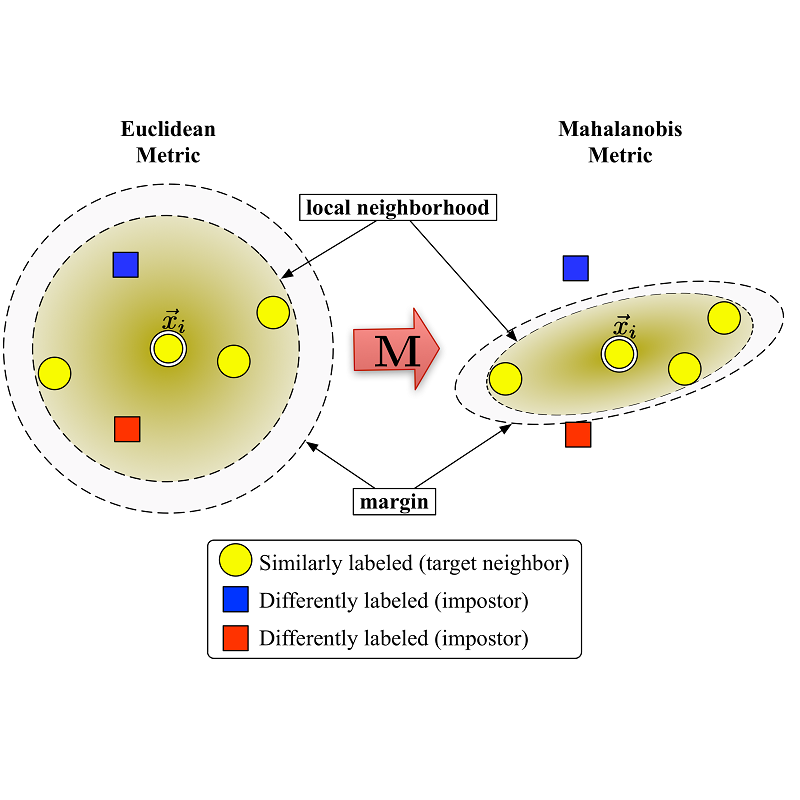Current semantic segmentation methods focus only on mining "local" context, i.e., dependencies between pixels within individual images, by context-aggregation modules (e.g., dilated convolution, neural attention) or structure-aware optimization criteria (e.g., IoU-like loss). However, they ignore "global" context of the training data, i.e., rich semantic relations between pixels across different images. Inspired by the recent advance in unsupervised contrastive representation learning, we propose a pixel-wise contrastive framework for semantic segmentation in the fully supervised setting. The core idea is to enforce pixel embeddings belonging to a same semantic class to be more similar than embeddings from different classes. It raises a pixel-wise metric learning paradigm for semantic segmentation, by explicitly exploring the structures of labeled pixels, which were rarely explored before. Our method can be effortlessly incorporated into existing segmentation frameworks without extra overhead during testing. We experimentally show that, with famous segmentation models (i.e., DeepLabV3, HRNet, OCR) and backbones (i.e., ResNet, HR-Net), our method brings consistent performance improvements across diverse datasets (i.e., Cityscapes, PASCAL-Context, COCO-Stuff). We expect this work will encourage our community to rethink the current de facto training paradigm in fully supervised semantic segmentation.
翻译:目前的语义分解方法仅注重于开采“ 本地” 环境, 即个人图像中像素之间的依赖性, 通过环境分解模块( 如变异、 神经关注) 或结构分解优化标准( 比如 IoU 类损失) 。 但是, 它们忽略了培训数据中的“ 全球” 环境, 即不同图像中像素之间丰富的语义关系。 在不受监督的对比演示学习的最新进展的启发下, 我们提议在完全监管的环境中, 使用语义分解模式。 核心理念是执行属于同一语义类的像素嵌入( 比如, 变异、 神经) 。 然而, 它们忽略了培训数据的“ 全球” 环境, 即, 不同图像之间有着丰富的语义关系。 我们的方法可以在测试期间不费力地融入现有的分解框架 。 我们实验了当前语义分解框架, 我们用著名的分解模式, 将带来 HR- 网络 、 内部网络 、 数据- 系统 、 系统 、 系统 、 系统 系统 、 系统 、 系统 、 系统 、 系统 系统 、 系统 系统 、 系统 系统 、 、 系统 、 系统 、 系统 、 系统 系统 、 系统 系统 、 、 、 系统 系统 系统 、 、 系统 系统 、 、 系统 、 系统 系统 、 、 系统 、 、 、 系统 系统 系统 、 、 系统 、 、 、 、 、 系统 、 、 、 、 、 、 系统、 系统、 系统、 、 系统、 系统、 、 、 、 、 、 系统、 、 系统、 系统、 系统、 系统、 系统、 、 、 系统、 系统、 、 、 、 系统、 系统、 、 系统、 系统、 系统、 系统、 、 、 系统、 、 、 、 、 、 、 、 系统、 系统、 系统、 、 、 系统、 系统、 系统、 系统、 、 、 、 、

